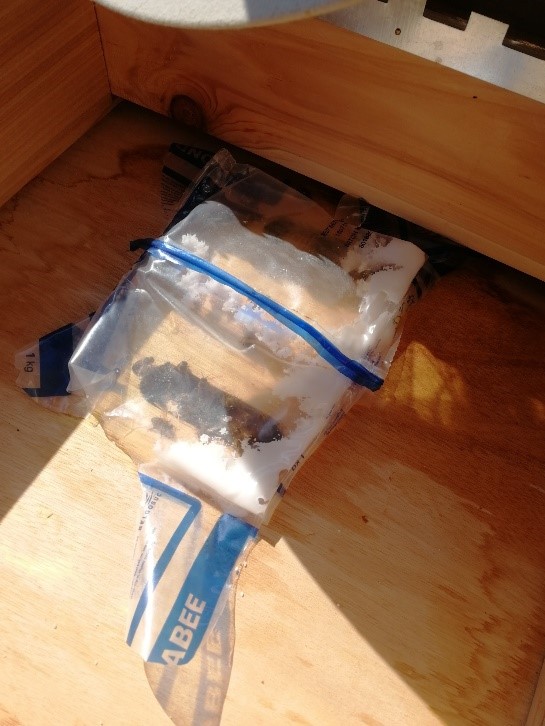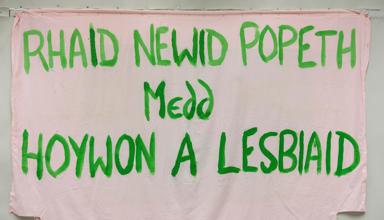Matthew Jones, Sustainability Manager

Darllenwch yr erthygl yma yn Gymraeg | View this post in Welsh
Winter
The Pierhead Bees coped with their first winter well – they thinned down their numbers and huddled together for warmth in the hive, keeping it a toasty 30+ degrees in the middle to protect their queen.
We left all the honey in the hives last year as they hadn’t been with us for the full season, and even supplemented their diet with some fondant which they munched through in the spring without having to leave the hives.

Spring into Summer
The different personalities of the hives have continued to be evident throughout their first year. Hive two has still been much more boisterous with the keepers inspecting them, but they have also been busier. They started making plenty of food and increasing their numbers again early in the spring, while hive one was still taking it slow after the winter.
So much so in fact that we even had to borrow some frames of food from hive two and give it to the bees in hive one; rewarding their lethargy, we know!
As the abundance of flowering plants has grown into the summer, especially on the undeveloped areas of land around the Bay where the bees can forage, hive one caught up and both were displaying ample food stocks.
This trend continued and recently we actually had to add a super (extra layer) to hive one to store all their food, and another one for brood- all the extra baby bees they’ve been making.
Hive two in the meantime changed dramatically- relaxing their behaviour for a while whilst we noticed they had stopped making eggs. Although it can be difficult to spot the queen during an inspection visit, a behaviour change and lack of eggs are sure-fire signs the queen is no longer present. The following week we then noticed two queen or supercedure cells; the hive trying to make a new queen. We had to leave both of these to hatch, and in the ruthless efficiency of nature the two queens would battle it out with only the strongest surviving.
We had to allow this process to take its course; servicing only hive one whilst the queen from hive two left to mate with a male from another hive, and return home before settling down to take up her new role as matriarch and egg-layer.
A precarious time during which she could become lost or even eaten by a bird, we were obviously on tenterhooks awaiting her safe return. Our keepers had to be patient while we avoided any disturbance of the hive during this critical time. That patience paid off though and we are pleased to report that at the start of August we found new eggs in hive two. Baby bees are being made and the hive has a new leader to work for.
Long live the queen!
For more information on the Pierhead Bees project email sustainability@assembly.wales






